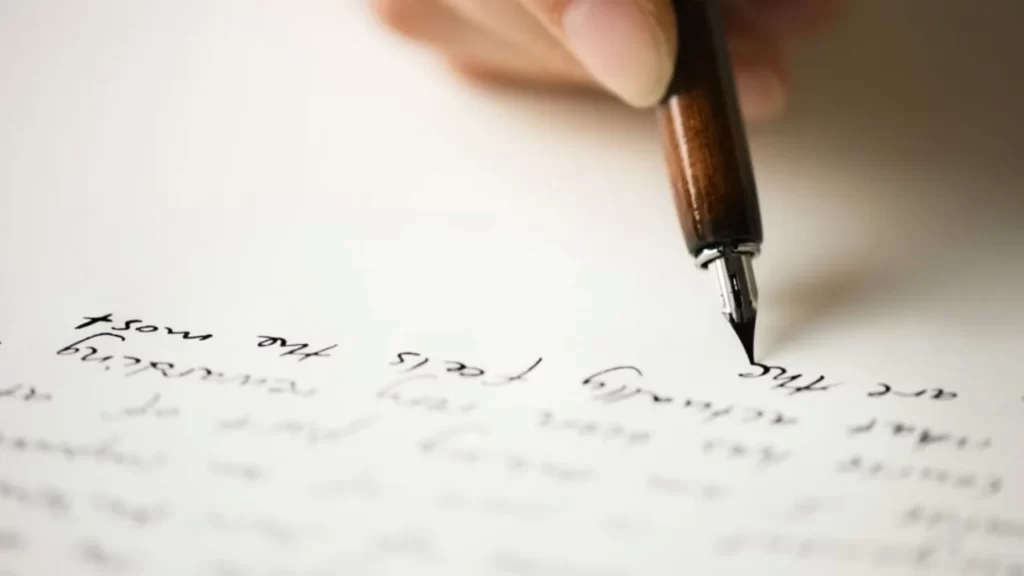By European standards, the United States is just a child. Not even 250 years old. Some of us have stuff in our family basements older than that!
But in that time, it’s fair to say there have been some significant contributions to the public record from the former colony across the pond, including all sorts of movies, TV shows, books and even some famous letters.
It proves that geography doesn’t ultimately matter – the right person and the right set of circumstances can create opportunities to create something quite expressive that can be shared with fellow humans.
For example, many U.S. leaders have left behind quite articulate and passionate famous letters in their effects, some during wars and other times of crisis, some in peacetime. Some were delivered as speeches or published in books or newspapers. Others may have started out as correspondence that other people saw, appreciated, and wanted others to see these words.
One American president who was known for his verbosity was Abraham Lincoln. As president in the early 1860s he worked to support the efforts of the Union Army during the American Civil War and then laid the ground to bring together the opposing forces when the war ended.
For instance, he delivered a short and effective speech at the site of the Battle of Gettysburg, imploring everyone to focus on the ideals of America rather than focusing on hate and division. This is also inscribed on the wall of his memorial in Washington, D.C.
Many scholars say it was another of his famous letters that really symbolized America. Called “the Bixby letter,” it is believed to be written by Lincoln to Lydia Parker Bixby, a widow who had lost her five sons in the war.
The short letter was designed to be sympathetic and comforting. He acknowledged her pain and grief and said he didn’t quite know how to soften the grief. But he hoped that she realized that their sacrifice helped save the American Republic when it was in danger of breaking apart.
He hoped that God would someday help provide comfort to her and eventually she’d have better memories and more admiration, as opposed to the anguish she was now feeling.
The letter was later reprinted in a Boston newspaper in 1864 after Lincoln’s death and continues to be held up as one of Lincoln’s more expressive missives.
Interestingly, while everyone appreciates the sentiment in this letter and says it speaks volumes about the importance of maintaining American ideals, the virtue of sacrifice, and how to provide comfort in times of grief, there is some degree of controversy in academic circles about who the actual author was.
Certainly, the letter was signed by Abraham Lincoln and generally matched his tone, reverence, and solemn views.
But some Lincoln scholars have advanced theories that it might also have been created by his personal secretary, John Hay. Hay was also known to have a way with words and it’s possible he lent a hand to contact Mrs. Bixby to take some burden off the already overwhelmed president.
Scholars advocating this theory have found descriptions of Lincoln written by friends and colleagues that, although he was thoughtful, an excellent extraneous speaker and a noteworthy debater, he actually wrote few letters.

